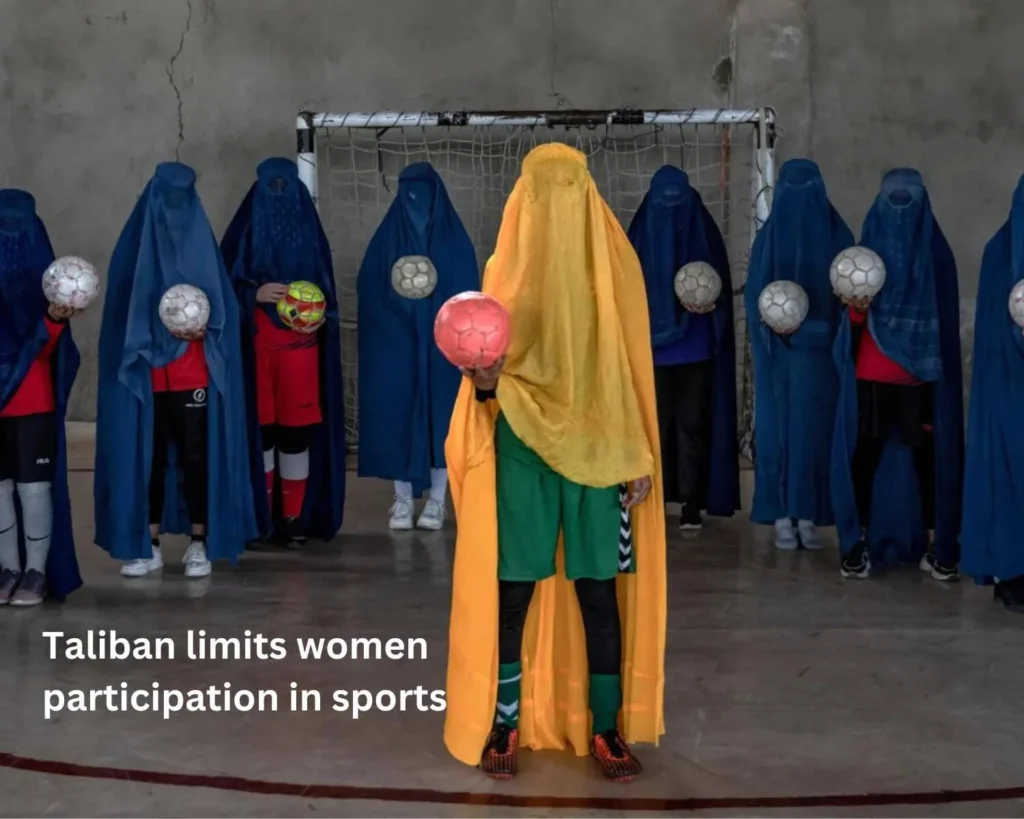Introduction
Cricket and politics have always been intertwined, reflecting broader societal and political realities. The debate over whether teams should boycott Afghanistan in the upcoming Champions Trophy due to gender rights violations highlights a complex moral and ethical dilemma. With the Taliban’s restrictive policies limiting women’s participation in sports, many believe cricketing nations must take a stand. But does a boycott truly promote meaningful change, or are cricket administrators driven more by self-interest than principle?
The Role of Self-Interest in Cricket
Adam Smith’s famous words in Wealth of Nations—that individuals act not out of benevolence but out of self-interest—are particularly relevant to cricket. While some advocate for a boycott of Afghanistan, India, the sport’s economic powerhouse, has too much at stake. With over $3 billion in investments across 500 projects in Afghanistan, India’s diplomatic and financial interests outweigh any moral considerations in cricket governance.
Furthermore, history shows that cricketing decisions often align with broader political and economic goals. Just as India successfully lobbied to play its Champions Trophy matches outside Pakistan due to geopolitical tensions, other International Cricket Council (ICC) members are unlikely to act independently of their own national interests. The financial structures of international cricket reinforce this self-interest, with lucrative broadcasting rights, sponsorship deals, and political allegiances influencing decisions at the highest levels.
Cricket’s governing bodies have historically shown reluctance to take strong moral stances unless financial or political pressures make it unavoidable. The South African apartheid-era sporting bans were effective largely due to sustained international pressure and the economic consequences that came with them. However, in the case of Afghanistan, the ICC is faced with a different challenge—one where a ban might not generate enough leverage to force real change.
Cricket and Politics by Other Means
The entanglement of sports and politics is not new. As George Orwell and Lin-Manuel Miranda have noted, all art—and by extension, sport—is political. Historical precedents like the sporting boycott of South Africa during apartheid and the UK’s political debates over Zimbabwe’s cricket tours highlight how moral concerns sometimes influence the game. But in many cases, governing bodies lack the will to take decisive action.

The ICC’s regulations require Afghanistan to have a women’s team, yet the Taliban’s rigid stance has made compliance impossible. Theoretically, the ICC could ban Afghanistan’s men’s team in response, but the reality is far more complicated. Such an action would primarily punish Afghan male cricketers, while failing to address the plight of women in the country. Additionally, Afghanistan’s men’s cricket team is one of the few internationally recognized institutions representing the country, and removing it from global competitions could further isolate Afghan society rather than promote reform.
Sporting events have often been used as platforms for political expression and protest. In cricket, symbolic gestures—such as England players wearing black armbands in memory of Zimbabwean human rights abuses in 2003—can draw attention to a cause without outright bans or boycotts. However, whether such gestures translate into real-world change remains debatable. Without sustained, organized efforts that involve governments, sports bodies, and activists, individual protests may remain symbolic rather than transformative.
Does a Boycott Serve Any Purpose?
Calls for a boycott come from a genuine concern for gender rights and human dignity, but history suggests that sporting sanctions only impact nations that value their participation in international sports. The Afghan Taliban’s indifference to cricket means a ban would not pressure them to change policies but would instead harm the careers of players who have no say in government decisions. Afghanistan’s cricketers—many of whom honed their skills in refugee camps—already face immense challenges and barring them from competition could erode one of the few positive representations of Afghanistan on the world stage.
A more impactful strategy might involve sustained international advocacy and direct support for Afghan women’s cricket. A recent 20-over exhibition match in Melbourne, featuring displaced Afghan women players, highlighted the untapped potential in women’s cricket. These athletes deserve ICC backing, but the organization’s leadership, closely aligned with India’s government, is unlikely to challenge the status quo.
One potential solution could be leveraging Afghanistan’s participation in global tournaments to push for increased inclusivity. The ICC and cricketing nations could demand concrete commitments from Afghanistan’s cricket board regarding gender equity as a condition for continued participation. Financial incentives and targeted development programs could provide pathways for Afghan women to re-enter the sport at an institutional level. Such approaches, though gradual, may yield more tangible benefits than an outright ban.
Conclusion
In an ideal world, cricket’s governing bodies would take a stand against human rights violations, aligning with their own regulations. However, self-interest continues to dominate cricket administration. A boycott of Afghanistan in the 2024 Champions Trophy may be a symbolic gesture, but without broader diplomatic and financial repercussions, it is unlikely to drive real change. Instead, supporting Afghan women’s cricket directly may prove to be a more meaningful course of action.
As history has shown, expecting sports to operate outside the realm of politics is naive. Cricket is, and will continue to be, a stage where national interests and global ethics collide. However, meaningful change will likely come not from boycotts alone but from sustained international pressure, financial investment, and policies that create opportunities for Afghan women in cricket. Only through a multifaceted approach can the sport contribute to real progress in a deeply challenging situation.


